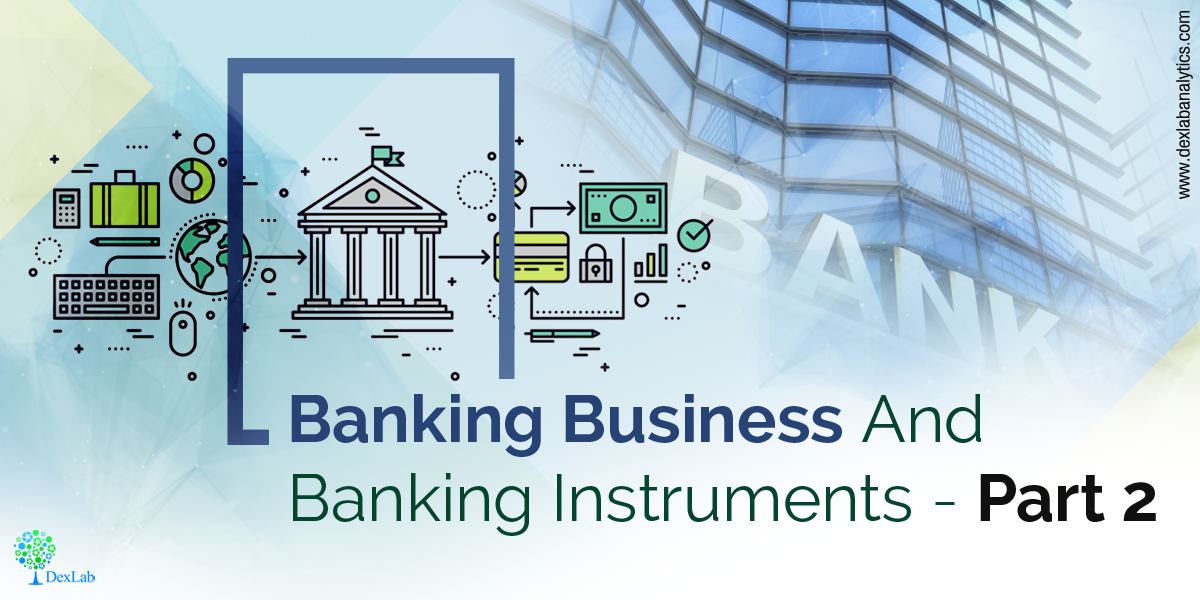In the last blog we had discussed three types of banking instruments, namely the Current account, Savings account and Certificate of Deposit. In this blog we discuss credit cards. Credit cards are the most expensive and profitable type of loan that a bank can extend. A credit card is a card issued by a financial institution giving the holder an option to borrow funds, usually at points of scales. Credit cards charge interest and are primarily used for short-term financing. Interest usually begins one month after a purchase is made and borrowing limit is pre-set according to the individual’s credit rating. Credit cards have higher interest rates than most consumer loans, or lines of credit.
Why credit cards are called ‘Revolving lines of credit’?
Credit cards are called Revolving lines of credit since it is a line of credit where the customer pays a commitment amount and is then allowed to use the funds when they are needed. It is usually used for operating purposes, fluctuating each month depending on the customers current cash flow needs. The lending institution grants a maximum credit limit which can be used to make purchases at any time and on any goods. The credit line can be used repeatedly as long as the maximum is not exceeded. Since, the credit goes in and out of the account it is ‘revolving’ in nature.
Credit Card Lifecycle:
There are five stakeholders to the credit card lifecycle: (a) Cardholder (b) Retailer/merchant (c) Acquirer (d) card scheme (e) Issuer.
(a) Cardholder: This is a person holding a debit, credit or charge card issued by a financial institution.
(b) Retailer/Merchant: A merchant who sells the goods or services to the customers.
(c) Acquirer: A merchant will have negotiated a merchant service agreement with its acquirer to process payment card transactions details from the merchant’s terminal passing these through the card issuer via the card scheme for authorisation and completion of the process.
(d) Card Schemes: Card Schemes are organisations that manage and control the operation and clearance of card payment transactions, according to card scheme rules.
(e) Issuer: The issue is the bank, building society or financial organisation that provides payment cards.
Analytics of Credit Cards:
Analytical Modelling is required at different points of the credit card business line. There are four distinct phases of a consumer’s credit life cycle for credit cards and other aligned lines of business (such as loans.): (i) Business Verification/ Fraud verification (ii) Decision Making (iii) Account/Portfolio management (iv) Collections.
(i) Business Verification: This is the initial phase and comprises of confirming a prospective customer. This process involves validating the history of the customer, or the company who approaches the bank for loans. The borrower’s credit history, with the lending bank as well as with other banks is important to understand for the lenders. The total number of consumers walking up to the bank for credit cards (or any such loans) is called the Through The Door population. The bank uses data from credit bureaus to develop origination scorecards to segregate the good customers from bad customers. The technique used extensively is Logistic Regression.
(ii) Decision Making: The need to make decision arises at any point in time of the credit life cycle. The credit managers are helped by “triggers” which help them to understand the changing nature of the customer profiles. These triggers add more predictive capacity to the models, by adding more dynamic information from time to time. Techniques applied here are cut-off analysis, watch list modelling.
(iii) Account/Portfolio Management: This acts as a pre-emptive strategy to mitigate loss. Because customer situations can change rapidly, a portfolio management data system must be such that it can be used to easily assess current information on a customer’s payment history. PD, LGD and EAD models are developed to monitor the performance of the obligors on books. The statistical techniques used are Logistic Regression, Linear Regression.
(iv) Collections: Collections is the phase that managers wish they never reach. To ensure that proper collections are done, getting the proper contacts of the customers is absolute necessity. A commercial skip-tracing tool to uncover alternative information and to identify and to identify any other addresses than the one provided for, are suggested to build reliable commercial databases.
In the next blog we will discuss Mortgages and the relevant analytical models for them.
To understand banking structure better and get a good grip on financial instruments, join credit risk management courses in Pune. Offered by DexLab Analytics, credit risk analysis course helps professionals gain intensive knowledge on the subject matter.
Interested in a career in Data Analyst?
To learn more about Machine Learning Using Python and Spark – click here.
To learn more about Data Analyst with Advanced excel course – click here.
To learn more about Data Analyst with SAS Course – click here.
To learn more about Data Analyst with R Course – click here.
To learn more about Big Data Course – click here.


